Services / Cinema Ceiling and Walls Solutions

Cinema Ceiling and Walls Solutions
This system is used in very high acoustic demanding applications. High acoustic insulation is obtained by wrapping the cinema hall with an individual cinema wall liner comprising of multiple (up to 4) layers of gypsum boards screw fixed on the open side of the counterbalanced Z-Z stud structure fixed between the acoustic head bracket at the top and to the base angles at the bottom. Adjacent cinema halls with common wall, shall be considers as two back to back liner walls without any connection between them. Filling the stud cavity of each liner wall with acoustic insulation blanket, will enhance acoustical insulation as will do the sealing of the perimeters with Fire and Acoustic sealant that is at the same time providing the necessary air-tightness in case of fire.
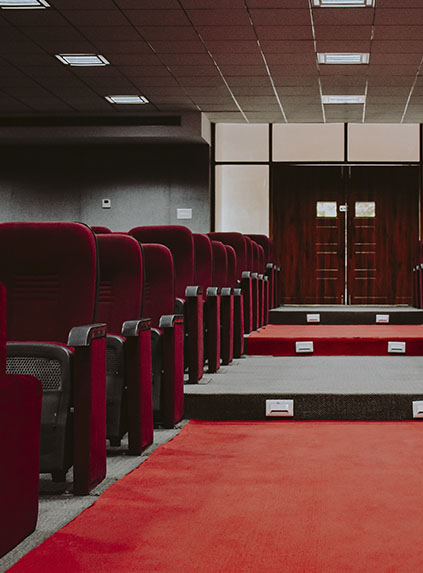
Advantages
Light weight (in comparison to concrete / block-work) and no need for structural reinforcements nor bracings Dry & high-speed installation.
Easily understood junctions with different structures.
High acoustic performance.
High resistance to fire.

Performance
Fire protection up to 2 hrs.
Sound Insulation — up to 75 db (with sound stop ceiling / bulkhead).
High acoustic performance.
high resistance to fire.
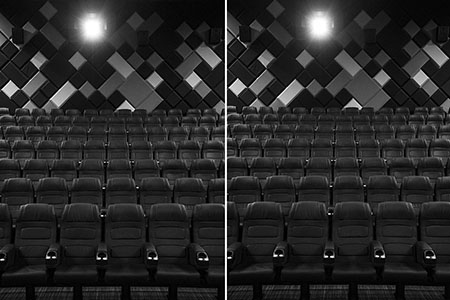
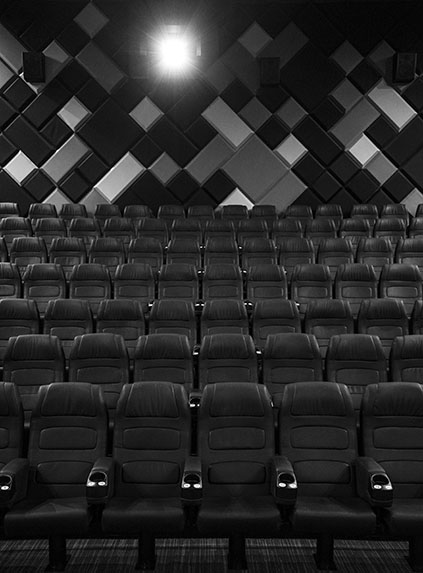

Applications
Cinemas in particular Multiplex Cinemas Heights up to 15m.
Auditoriums, Operas, Concert Halls, Universities up to 12m.
Hotels (Halls, Ballrooms, Technical Floors) up to 10m.
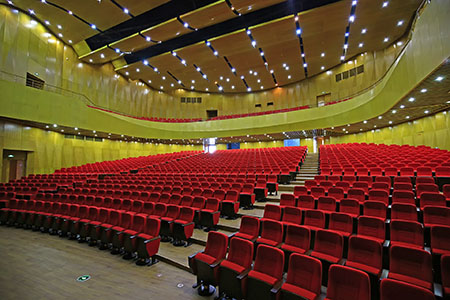
Cinema Walls.
Our cinema walls are specifically designed to achieve high levels of acoustic separation and are commonly used in multi-theatre cinema complexes and to reduce sound transfer around lecture halls, drama theatres and concert venues.
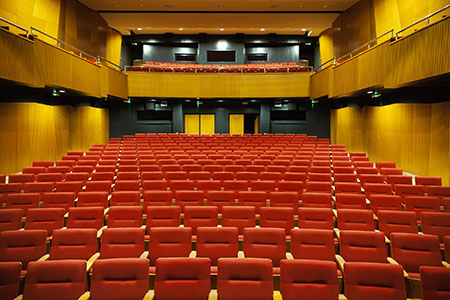

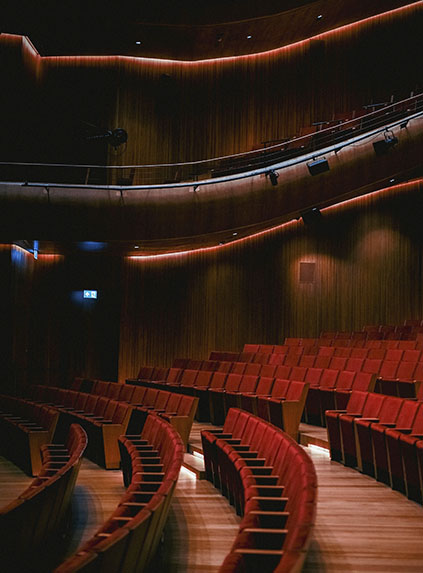
Sound Stop Concealed Ceiling.
Sound Stop Concealed ceiling consisting of galvanized steel main channels fastened to a slab / steel by KMUL anchors / brackets by threaded rods supported by Phonic U-hangers to which cross-wise manning furring channels are screw-fixed using wafer head screws at each intersection. Multiple (up to 4) layers of fire rated gypsum boards, all joints staggered from layer to layer, are screw-fixed to the underside of the furring channels. Taping and jointing of the face board provides a smooth continuous surface ready to be painted. A glass wool blanket is unrolled on top of the system.
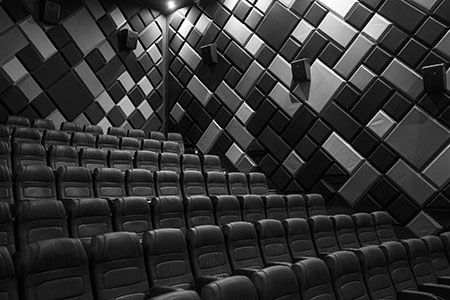
Using GYP Plaster Boards
| Component | Details |
|---|---|
| GYP Plaster Board | High density fire rated plasterboard such as FW, MRFW, etc. |
| Acoustic Head | Used as sound isolation device between the roof and the Z-Z bracket studs. |
| Base Angles | Horizontal member of-Z metal structure with 50mm minimum flange height. |
| Z-Z Studs | Vertical member of Z-Z metal structure, consisting of a left and a right Z studs fixed together. |
| Fasteners | Fire rated Anchors are used for fixing the base angles to the floor and the head bracket to the concrete super structure. Appropriated fasteners for other structures. |
| Hex Head screws | Used for fixing the Z stud together and for fixing the Z-Z stud assembly to the Base angle; available as self-drilling. |
| Drywall screws | Used for screw fixing the boards to the metal structures; available as self-drilling. |
| Joint tape and Filler | Used to get an even smooth and homogenous surface at the joints. |
| Sealant | Applied at the perimeter areas, to achieve the necessary fire and acoustic performance. |
| Insulation | Used as cavity infill to enhance sound insulation. |
Using Gypsum Plaster Board
| Component | Details |
|---|---|
| Gypsum Plaster Board | High density fire rated plasterboard such as FW, MRFW etc. |
| Perimeter support | Not necessary. |
| Threaded Rod | Vertical member of variable length- comprising of threaded rod, fixed to the Phonic Hangers at one side and to the anchor on the other side. |
| Phonic Hanger | Used as sound isolation device between the Threaded Rod and the primary channel. |
| Primary Carrying Channel | Main Channel (MC) - Horizontal member, with 60mm minimum web width. |
| Secondary Carrying Channel | Hat shaped Furring channel running cross-wise and screw fixed to the Main Channel. |
| Anchors | Used for fixing the Thread Rod to the slabs. |
| Drywall screws | Used for screw fixing the boards to the metal structures; available as self-tapping or self-drilling. |
| Joint tape and Filler | Used to get a even smooth and homogenous surface at the joints. |
| Sealant | Applied at the perimeter areas, to achieve the necessary fire and acoustic performance. |
| Insulation | Used as quilt covering the entire ceiling system to increase sound insulation. |
